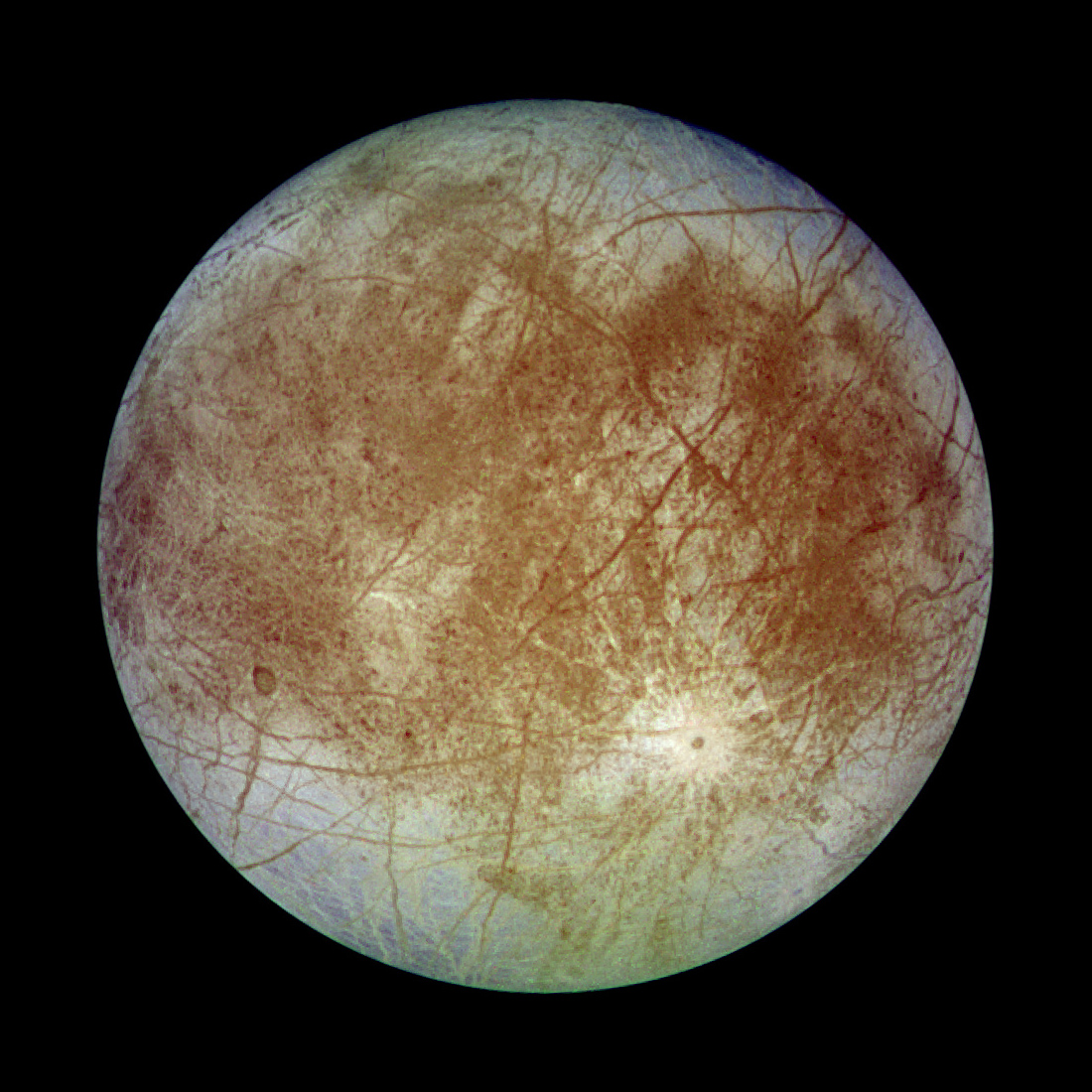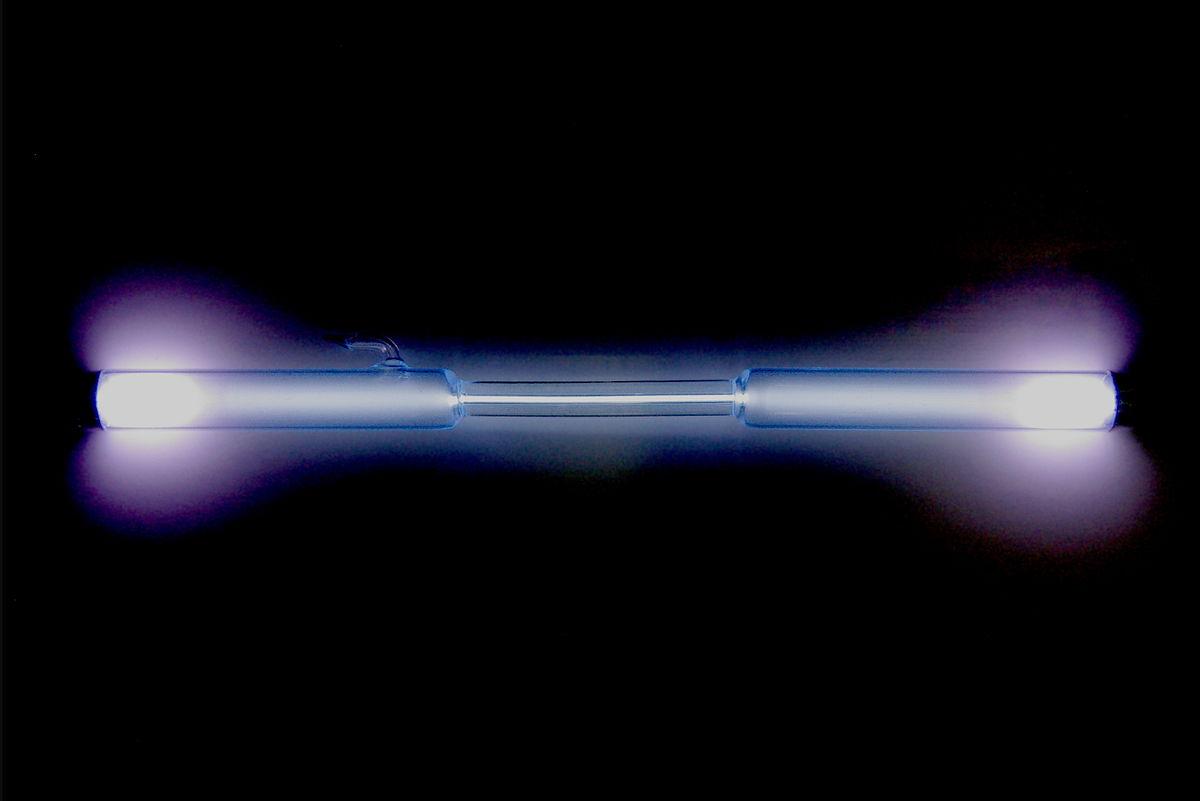
Reflectance spectroscopy is currently revolutionizing our understanding of Mars’ environmental history and habitability. The traditional view of Mars’ unidirectional evolution from an early warm, wet environment to a younger cold, dry environment no longer holds; new, high-resolution orbital data from the Compact Reconnaissance Imaging Spectrometer for Mars (CRISM) is revealing the importance of local alteration environments and potential niches for habitability on small spatial and temporal scales. Here I will discuss Gale Crater as a case study for this emerging view of complexity in ancient aqueous environments on Mars, and the implications for habitability. From orbit, CRISM has discovered a complex stratigraphy of phyllosilicate, sulfate and iron oxide minerals. On the ground, reflectance spectra from the Curiosity rover’s Mastcam instrument reveal centimeter-scale distributions of hydrated minerals, in addition to minerals that formed in a variety of redox states, with colors never before seen on the surface of Mars.
 Getting Under Europa’s Skin
Getting Under Europa’s Skin Tracing Formation and Evolution of Outer Solar System Bodies Through Stable Isotopes and Noble Gas Abundances
Tracing Formation and Evolution of Outer Solar System Bodies Through Stable Isotopes and Noble Gas Abundances Photosynthesis, a Planetary Revolution
Photosynthesis, a Planetary Revolution Xenon: King of the Gases
Xenon: King of the Gases